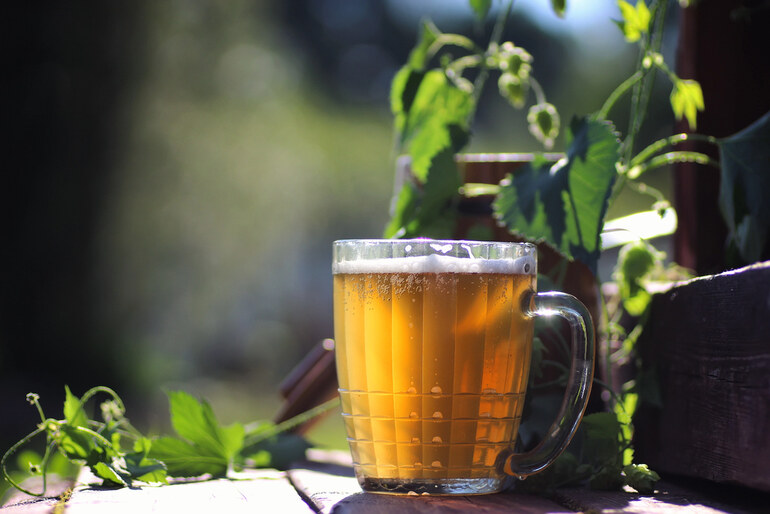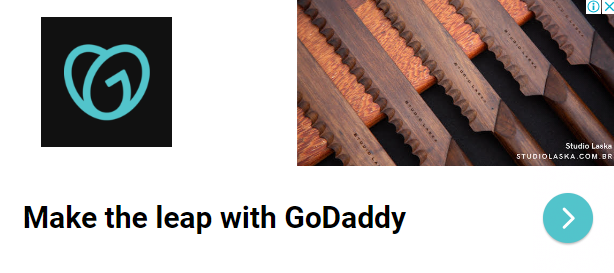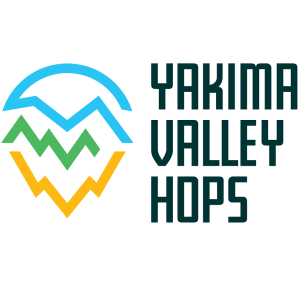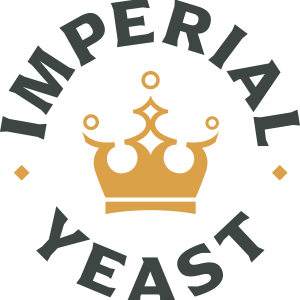Homebrewing is as much an art as it is a science. Yet, every brewer knows the sting of crafting what should be a perfect IPA, only to discover the final product doesn’t quite hit the mark. From hop combinations to fermentation temperature, homebrewers constantly tweak variables to dial in the ideal pint. But what if we could take a page from the world of sports analytics and bring predictive modeling into the brewhouse?
Much like hockey analysts use data to estimate game outcomes, brewers could apply similar techniques to anticipate a beer’s success before it’s even poured. After all, NHL predictions today are made using dozens of inputs—player stats, injury reports, and historical trends. Could yeast strain, mash temp, and dry hopping timing be our brewing equivalents?
Brewing as a Predictive System
In sports modeling, the first step is collecting data. This is familiar territory for many homebrewers. You’re already logging original gravity, final gravity, fermentation time, hop schedule, and more. The key difference is how we use that data.
Rather than treating each brew as an isolated project, predictive modeling requires looking across batches to identify patterns. Did adjusting your fermentation temp from 66°F to 68°F improve mouthfeel? Does your preferred hop variety show a trend toward higher perceived bitterness when dry-hopped on day 5 versus day 7?
Statistical techniques like regression analysis, common in predictive sports analytics, can help assign weight to each variable. With enough data points, brewers can begin to forecast beer quality outcomes based on recipe and process inputs—essentially building a model of their own brewing behavior.
Variables That Matter Most
In NHL forecasting, not all stats are created equal—shot quality matters more than raw shot volume, for instance. The same goes for brewing. Brewers might track dozens of data points per batch, but only a few will strongly influence the final sensory profile.
For example:
- Yeast strain has a disproportionate effect on flavor, especially in ales.
- Fermentation temperature can affect ester production and clarity.
- Hop variety and timing play a key role in aroma and perceived bitterness.
- Water chemistry subtly shapes mouthfeel and hop expression.
The trick is to identify which of these variables consistently correlates with better tasting scores, or whichever outcome you prioritize.
Building a Personal Brewing Model
The goal isn’t to create a universal algorithm for perfect beer (good luck with that), but rather a custom model based on your own methods, equipment, and taste preferences.
A simple spreadsheet with consistent data entries across batches is a good place to start. Over time, using tools like scatter plots, correlation coefficients, or even basic linear regression, brewers can uncover relationships between technique and result.
You don’t need to be a data scientist to start modeling. Tools like Brewfather and Beersmith already offer structured recipe tracking—use that data for retrospective analysis. Once you identify trends, your next batch becomes less of a shot in the dark and more of a calculated play.
Exbeeriments Meet Prediction
This concept dovetails naturally with Brülosophy’s signature exbeeriment approach. Each experiment isolates a single brewing variable, collecting both process data and blind taste results. Imagine taking the outcomes of 50 exbeeriments and training a model to predict when a change is likely to be detectable by tasters.
Data scientists do this sort of analysis all the time with sensory panels. In fact, researchers at Oregon State University’s Fermentation Science Program use modeling tools to correlate brewing inputs with sensory outcomes in commercial-scale beer production. The homebrewer’s version may be a bit scrappier, but the logic is identical.
The Element of Surprise
Even the best predictive models get it wrong. NHL analysts sometimes call the winner incorrectly, just like brewers sometimes create a fantastic beer from what seemed like an average recipe. That’s part of the magic—randomness and subtle variables still play a role.
But predictive modeling doesn’t remove the fun—it enhances it. It gives brewers better odds of getting what they want from each batch and lets them experiment with intention rather than trial and error.
Whether you’re tracking hops like a fantasy draft or forecasting your next hazy IPA like a game-day analyst, thinking like a data modeler might just be your next secret ingredient.








